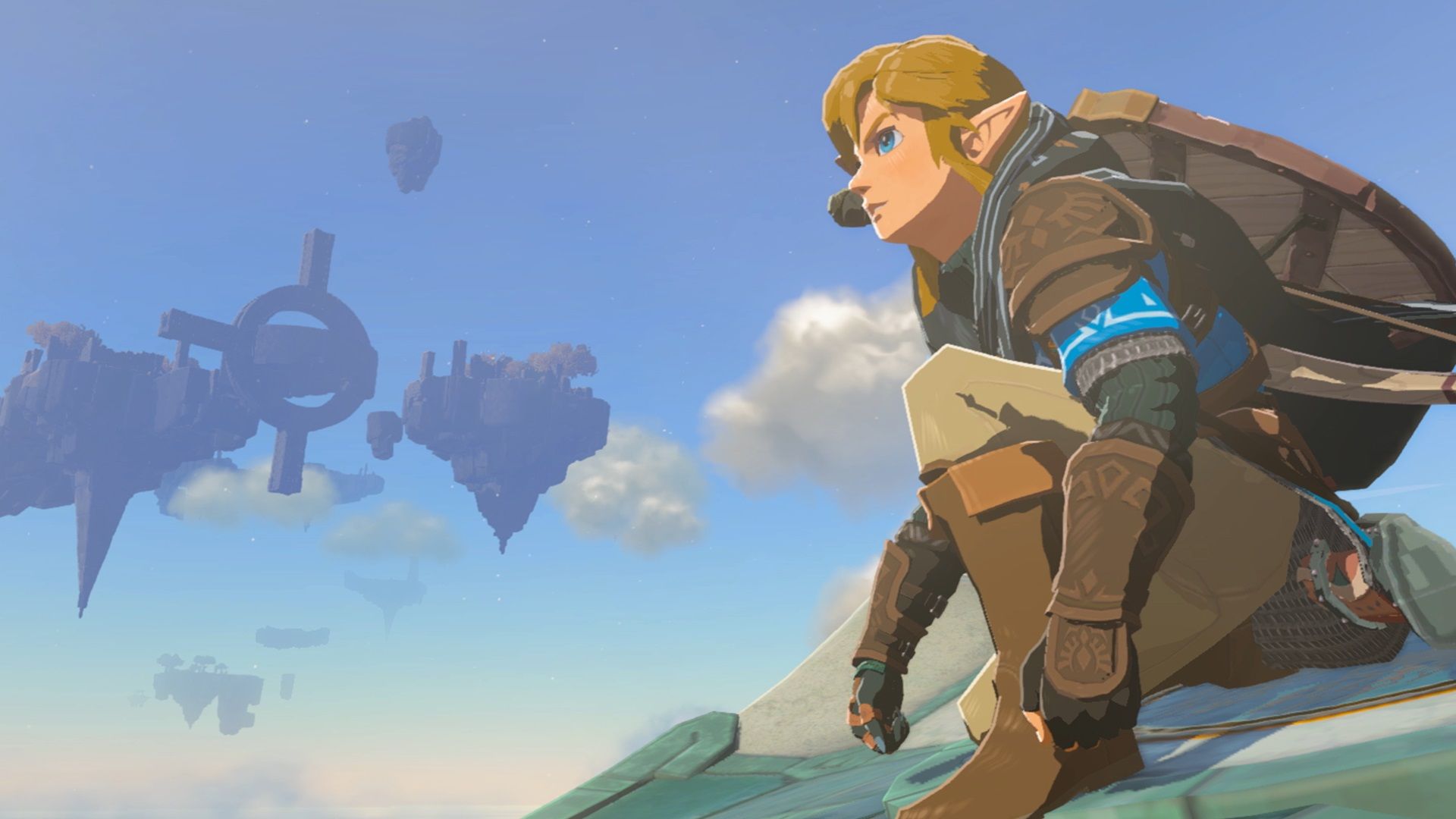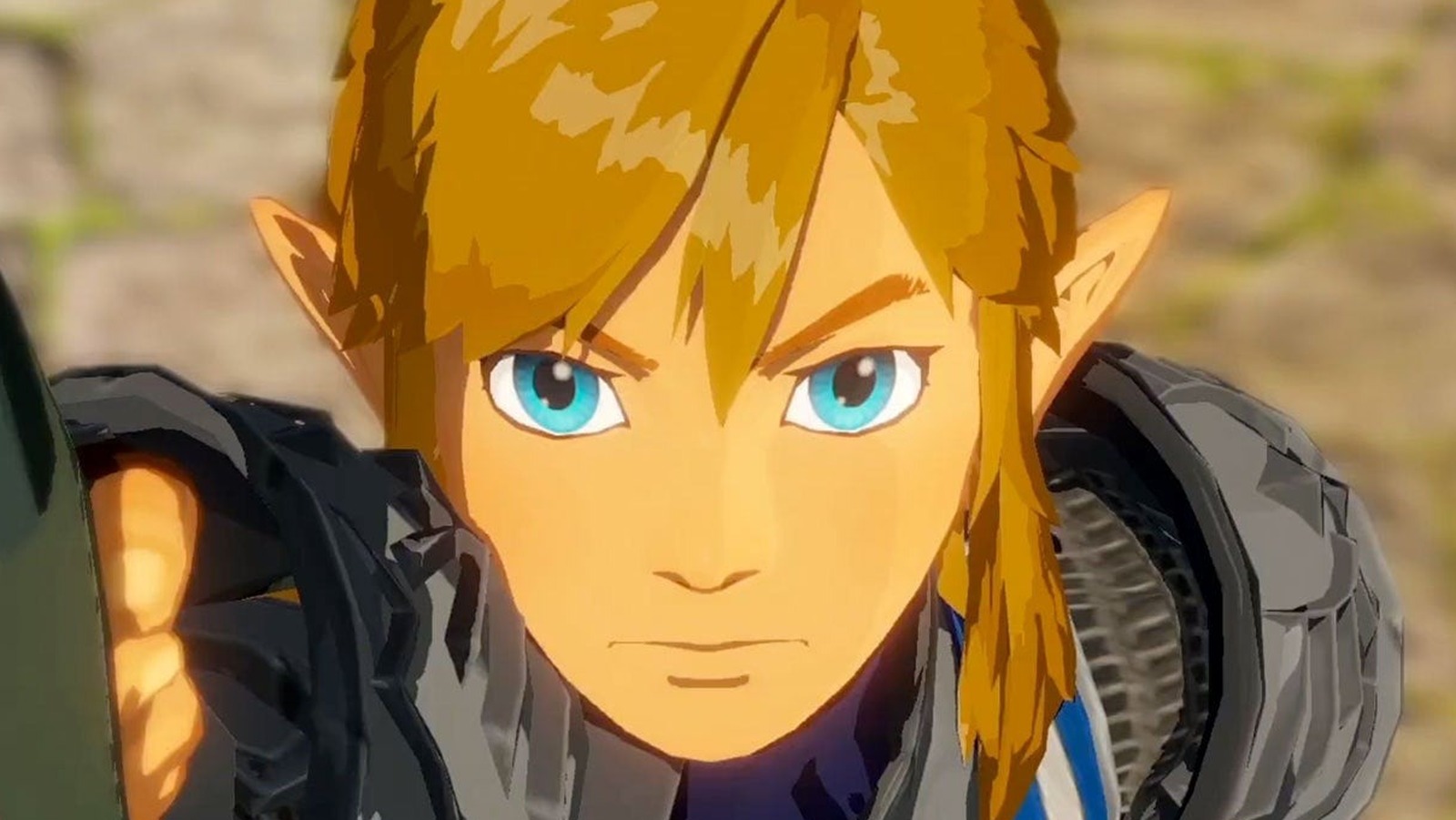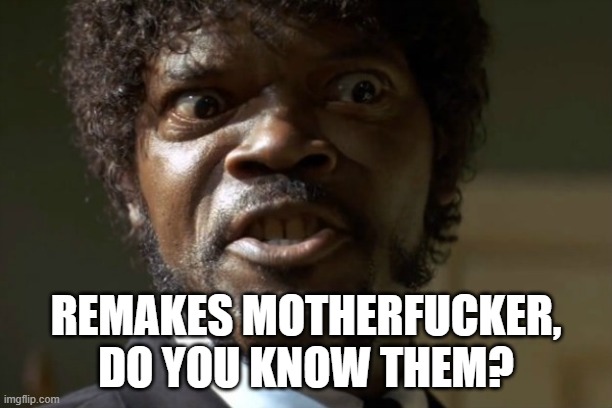The guy of these tweets (and journos quoting it) have no idea what they are talking about. These are simple physics that don't have anything special compared to what we have been seeing in many decades.
BotW and ToTK physics are simple rigid body physics, similar to the ones that started to appear in the PS1 generation and started to be popular in PS2 generation.
There's absolutely no problem to use it in open world games because doesn't almost need computation or memory compared to doing it without physics with the amount of stuff loaded in memory at any moment.
It's more complex but basically this is the idea: a physics object has a certain speed/acceleration in direction and rotation, which are things that affect them, like gravity or friction from the wind, floor or other objects.
Simple example: the typical wooden box you throw or pull and gets rotating and colliding downstars or with walls and the floor until stops.
To complicate it a bit, you can attach/link multiple physics objects together defining a distance between them and a certain roughness/elasticity (can't remember the proper English word now): meaning moving one object will move the attached one, being pulled trying to keep the mentioned distance between them according to that roughness/elasticity, while both attached objects get also affected by the physics and collisions mentioned before.
By making multiple of these connections in let's say a rope, a chain or piece of cloth if you it's moved realistically being affected by the character's movements, wind, gravity, etc. Example:
Helldivers 2's capes (capes with physics look epic when applying wind to them) or as a better and older example, notice that when Kratos is moving and stops his animation ends, but the 'skirt' waves moved by the inertia and then goes back (this is a PSP game but also did it in PS2):
Adjusting that 'roughness/elasticity' value is how you make a piece of cloth moving more or less, or let's say a female boob jiggle more or less when they applied physics there.
It goes a bit more complex but this is what physics in games do. The physics engine and code basically is the same -maybe a bit more optimized- that many years go, what means a game to seem to have 'better physics' is choosing better the value applied for these accelerations, speeds, 'elasticity', friction of the different physical objects or simply to include many more physics objects as an example for different clothing pieces, to make more detailed hair animation, etc.
Separate from this, not included in the game's physics there are things (they are in the normal game specific code instead) like the object state, as it could be in these Zeldas to be 'frozen', 'burning', etc. and change to other state when achieving certain conditions like being touched by other object in that state at the moment of after certain time, etc. Some people mistakenly assume these states and the interaciton between them are part of the physics, but arent.
More modern physics stuff include more complex things such as complex fuids or wind simulation, or in some cases even also stuff releated to (stuff including in a separate lighting stuff that doesn't affect moment) real time global illumination.





